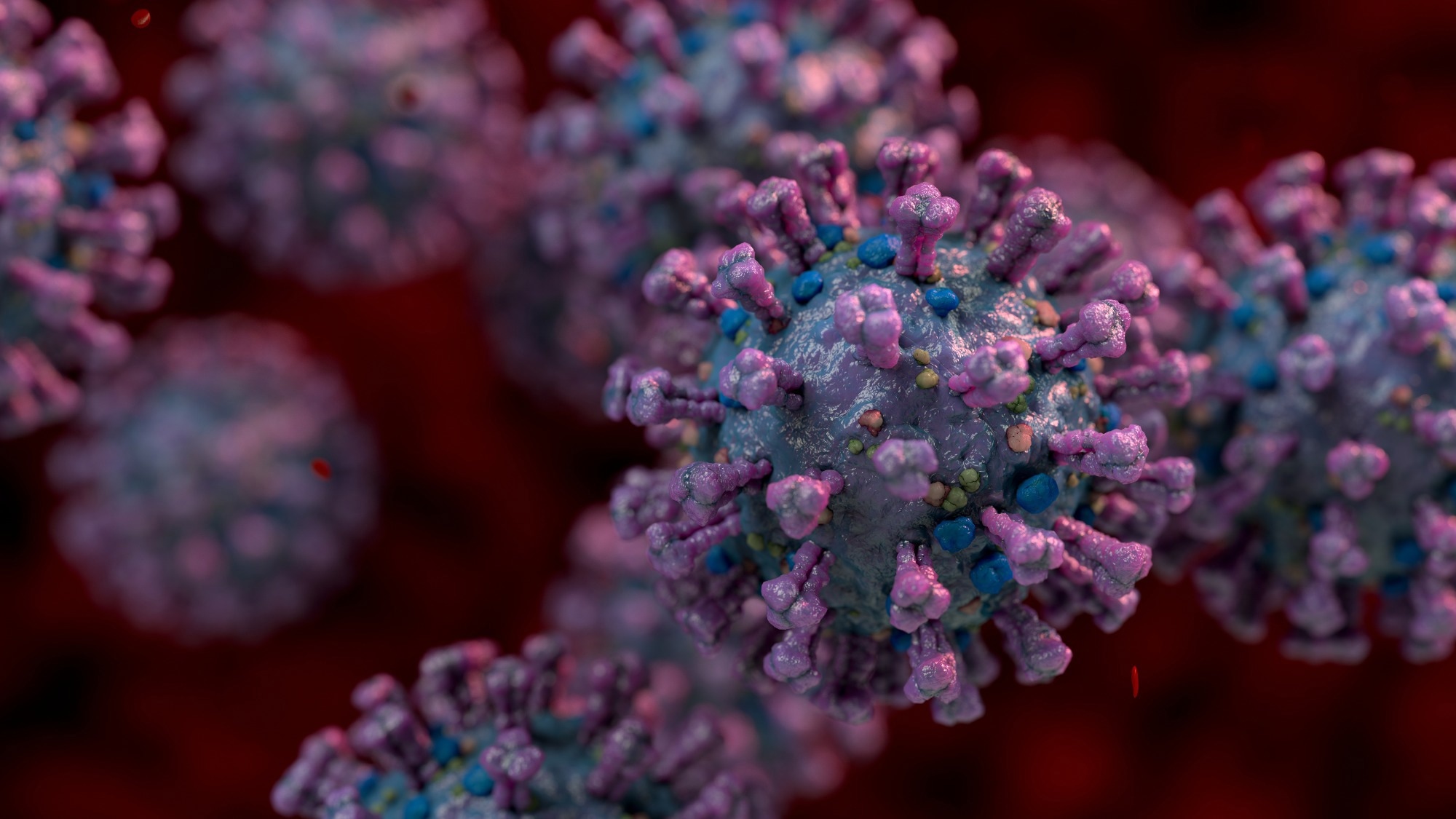Infection
Inflammatory profiles in vaccinated vs. unvaccinated individuals following SARS-CoV-2 infection
In a recent study published in The Lancet Microbe, a group of researchers determined the impact of vaccination on inflammation levels in individuals infected with severe acute respiratory syndrome coronavirus 2 (SARS-CoV-2).
Background
Inflammation is a crucial event in coronavirus disease 2019 (COVID-19) progression. A cytokine storm during acute SARS-CoV-2 infection can be fatal, as the damage due to the immune response might surpass its anti-viral benefits.
Studies have shown that elevated cytokine levels during acute phases are linked to increased disease severity and death rates. Notably, COVID-19 patients show more inflammation mediators than healthy individuals.
Individuals who have recently recovered from COVID-19, especially plasma donors, have heightened cytokine levels. Persistent inflammation post-COVID-19 may also relate to lingering health conditions.
Vaccinations, especially messenger ribonucleic acid (mRNA) and adenovirus types are used to counteract the pandemic. Although vaccines produce antibodies to prevent severe outcomes, they temporarily increase inflammation markers. These markers may contribute to rare complications like myocarditis, and their roles in infection and vaccination responses are still being researched.
About the study
The present study included individuals enrolled in the Convalescent Plasma to Limit SARS-CoV-2 Associated Complications (CSSC-004) trial. Blood samples were gathered from participants to assess the efficacy of outpatient convalescent plasma therapy against severe COVID-19 outcomes. The trial spanned 23 United States (US) outpatient sites and included 1,225 participants between June 2020 and October 2021. Exclusions ranged from prior COVID-19 hospitalization to a history of adverse transfusion reactions.
During follow-ups on days 14, 28, and 90 after transfusion, participants with pre-vaccination COVID-19 or those with breakthrough infections were prioritized. Day 28 samples were skipped due to similarities in cytokine concentrations with day 14 from a pilot study. Ethics approval was sought from multiple boards, including the Johns Hopkins Institutional Review Board and the US Department of Defense.
At every check, participants offered blood samples and self-reported demographic data. COVID-19 vaccine details, including date, dose, and type (adenovirus or mRNA), were also noted. Blood samples underwent centrifugation, with cytokine concentrations identified using custom multiplexed sandwich immunoassays.
For statistical assessment, cytokine concentrations beyond the fit curve range were adjusted, and a variety of statistical methods and tools, including R and STATA, were utilized. Key analyses comprised longitudinal associations of vaccine status with cytokine levels and comparisons between adenovirus and mRNA vaccine recipients.
Study results
In the CSSC-004 trial, out of 1,181 transfusion recipients, 882 participants enrolled between June 29, 2020, and September 30, 2021, were analyzed in the present study. Of these, 688 (78%) were unvaccinated, 55 (6%) were partially vaccinated, and 139 (16%) were completely vaccinated. 57% were female, and 43% were male. Older age and hypertension were more prevalent among the unvaccinated.
A vast majority of the unvaccinated contracted the virus during the pre-alpha or alpha waves, whereas most fully vaccinated individuals were documented during the delta wave. Among the fully vaccinated before the study, the median time post-vaccination was 157 days.
Factors like sex, race, obesity, diabetes, human immunodeficiency virus (HIV), and asthma, among others, were uniformly distributed across the vaccination categories. In the follow-up, 95% of the hospitalized participants were unvaccinated, and they had a notably higher SARS-CoV-2 viral load compared to other groups.
Assessing cytokine concentrations, at the initial screening post-infection, the unvaccinated showed the highest concentrations. The fully vaccinated, on the other hand, had significantly lower values for multiple cytokines compared to the unvaccinated. By the 14th day of follow-up, fewer cytokine differences between groups were noted.
However, by day 90, the fully vaccinated continued to exhibit significantly lower concentrations of certain cytokines. Even after adjustments for variables like age, sex, body mass index (BMI), and others, the fully vaccinated group maintained significantly lower cytokine values.
The study found that cytokine concentrations dropped faster among the unvaccinated compared to other groups. Among the fully vaccinated before the trial, most had received mRNA vaccines.
Those receiving the adenovirus vaccine had higher concentrations of certain cytokines compared to mRNA recipients. Nevertheless, this difference was not statistically significant post multiple comparisons adjustment. Lastly, the study found no correlation between the number of days post-full vaccination and cytokine levels at screening.
Discussion
The present research discovered that individuals recently infected with SARS-CoV-2 exhibited lower levels of nearly all cytokines and chemokines when they were fully vaccinated compared to those unvaccinated. This was observed both shortly and months after symptomatic SARS-CoV-2 infection.
Even though the unvaccinated group showed a significant decrease in these concentrations over time, levels of interleukins (IL)-7, IL-8, and vascular endothelial growth factor (VEGF)-A remained higher than in vaccinated individuals even three months post-diagnosis.
Supporting literature indicates that vaccination enhances cellular immune responses that reduce inflammation, even in cases of breakthrough infections. Furthermore, elevated cytokines in unvaccinated individuals long after infection might explain the higher odds of post-COVID-19 conditions in this group.
Analyses based on age revealed that older, fully vaccinated individuals had significantly lower concentrations of IL-22 than their unvaccinated counterparts during recovery. However, no significant difference was observed between age groups or between genders.
While both adenovirus and mRNA vaccine recipients exhibited similar cytokine profiles, more research is needed due to the small sample size of adenovirus vaccine recipients.
The present study, being the most comprehensive of its kind, strongly suggests that vaccination provides a durable defense against inflammation caused by COVID-19. As a result, promoting vaccination and ensuring global access is of utmost importance.

